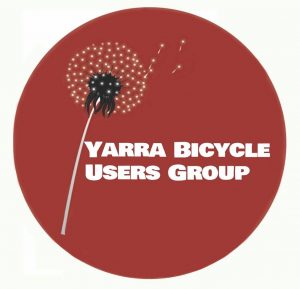
Note: the Yarra LGA area includes several strategic cycling corridors, including Elizabeth Street, Bridge Road, Burnley Street, Swan Street, Church Street, Nicholson Street (Abbotsford), Gipps Street, Wellington Street, Canning Street, Johnston Street, Napier Street, Queens Parade, Gertrude Street, South Terrace, Trenerry Crescent, Micheal Street, St Georges Road and the Capital City Trail.
Melbourne cycling infrastructure plan risks getting stuck in low gear if feeder networks not considered: new research: ‘A new study highlights how far Melbourne still has to go in becoming a cycling city, warning the state government’s plan for strategic cycling corridors must be complemented by local government efforts to make local streets safer for cyclists.’
‘The research, led by RMIT University, measured access to cycling infrastructure before and after the Victorian Government’s Strategic Cycling Corridors (SCC) plan, which aims to connect and build more dedicated bike lanes to make it easier and safer for Melburnians to cycle.
While the SCC will increase bike lane coverage by almost a third, the study found trips under 5km still spent half their journeys on roads with no bike lane or other safety features.
Lead researcher and RMIT Research Fellow, Dr Afshin Jafari, said the push to increase cycling participation may fail to gain momentum if the safety of the entire cycling journey was not considered.’
“A bike ride where only half the journey is on a dedicated cycling lane is still well below the critical point where people feel safe to ride,” he said.
- Listen back to our 3CR podcast interviewing Dr Afshin Jafari, Lead researcher and RMIT Research Fellow: New research calls for fully implementing Strategic Cycling Corridors
- RMIT article: Understanding the impact of city-wide cycling corridors on cycling mode share among different demographic clusters in Greater Melbourne, Australia
